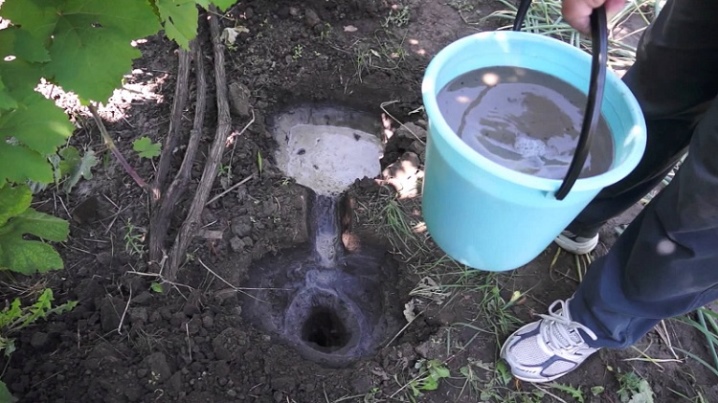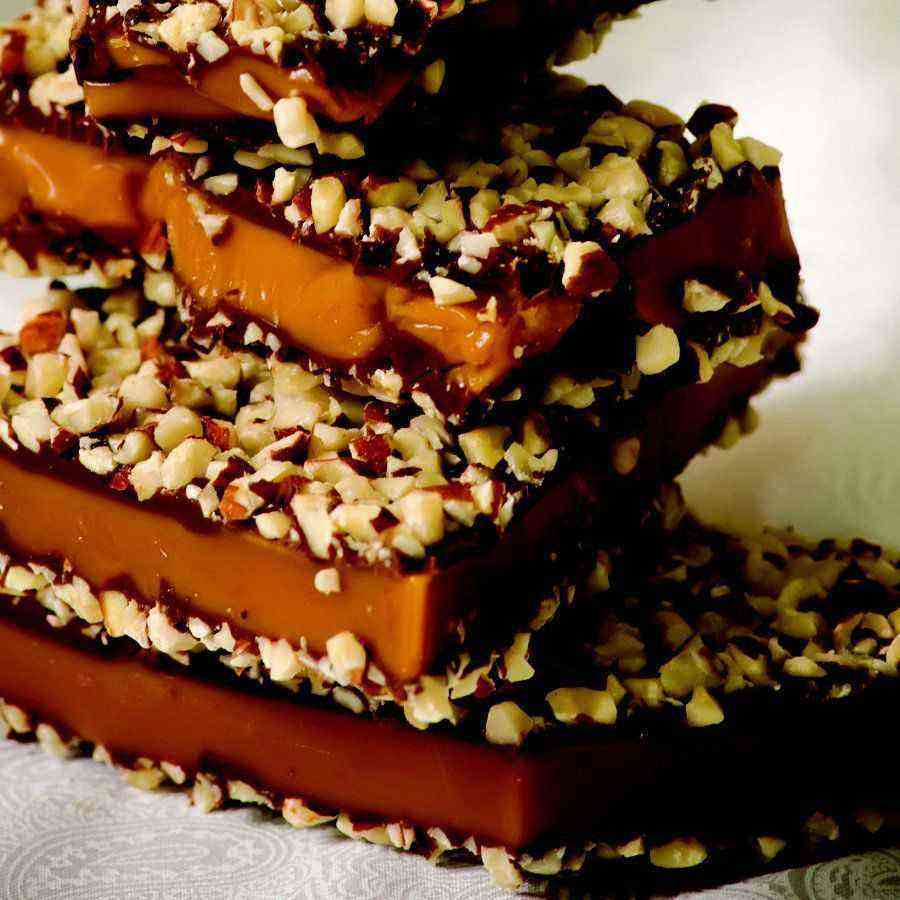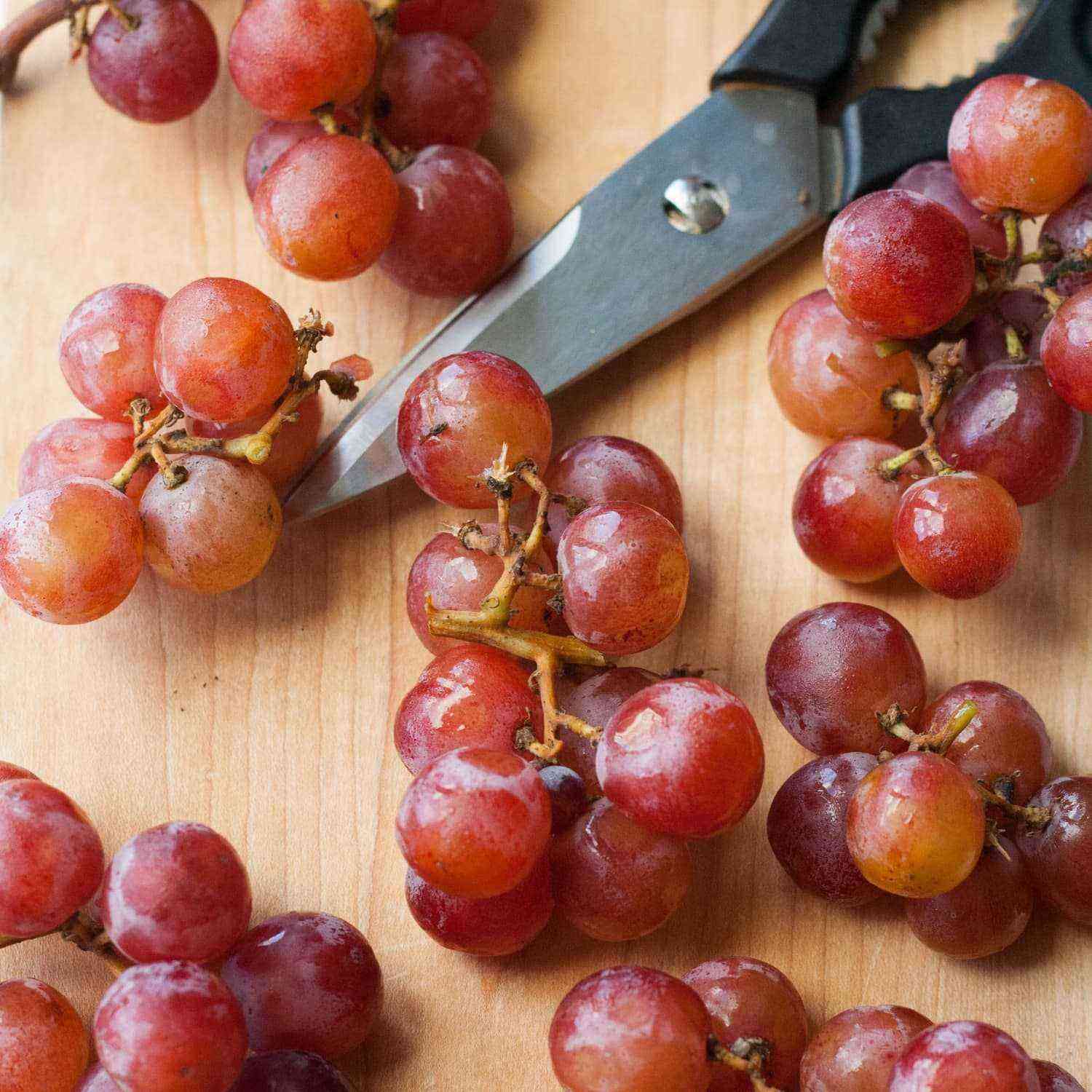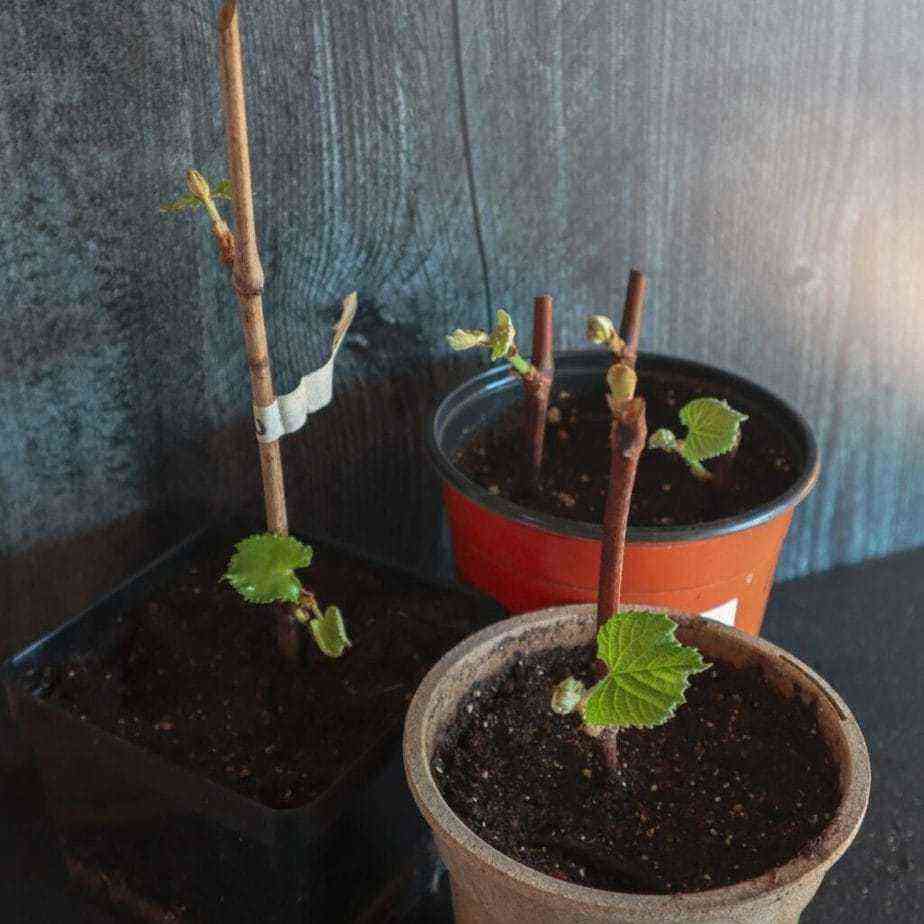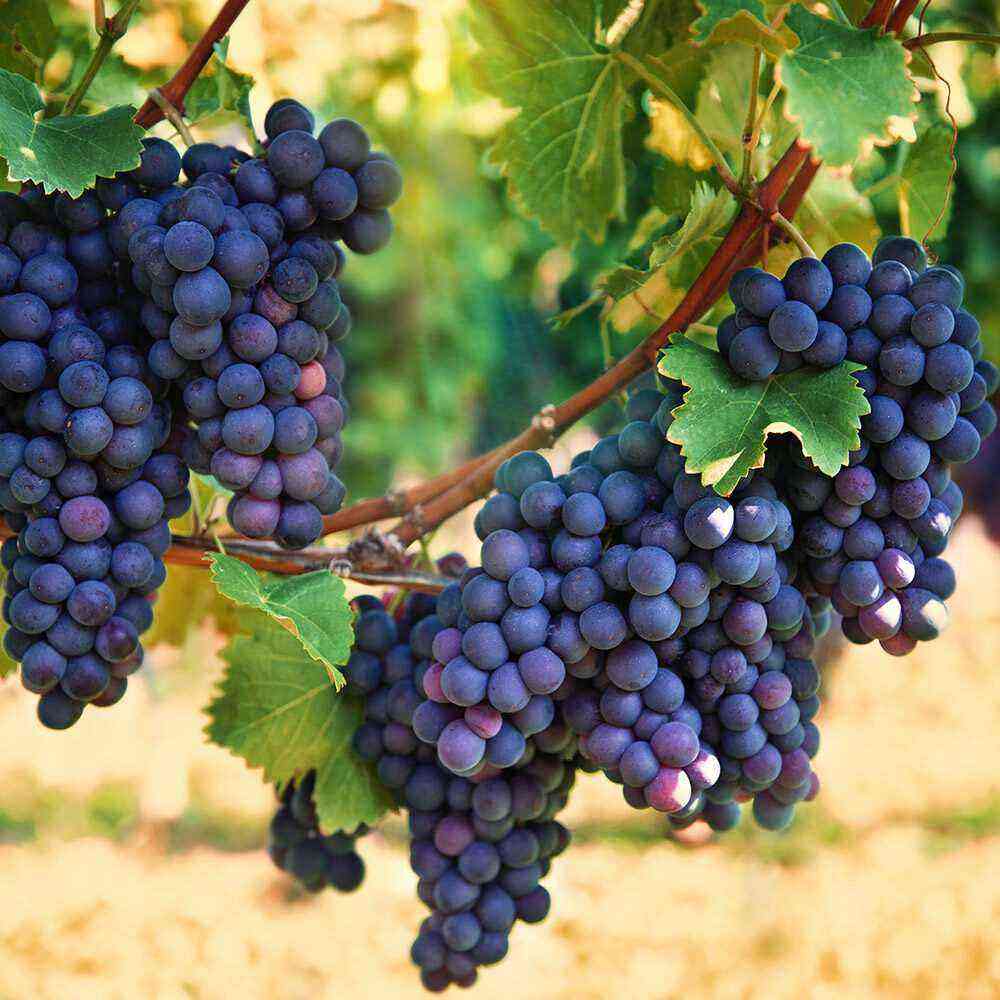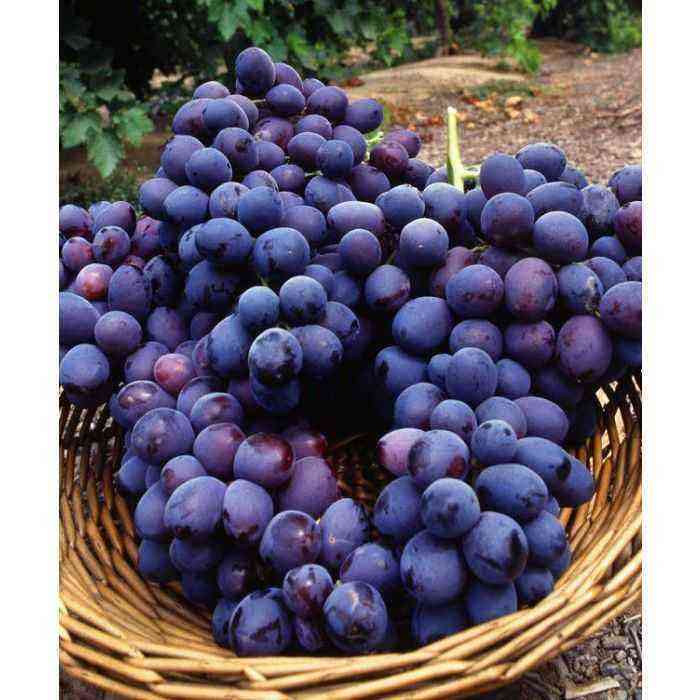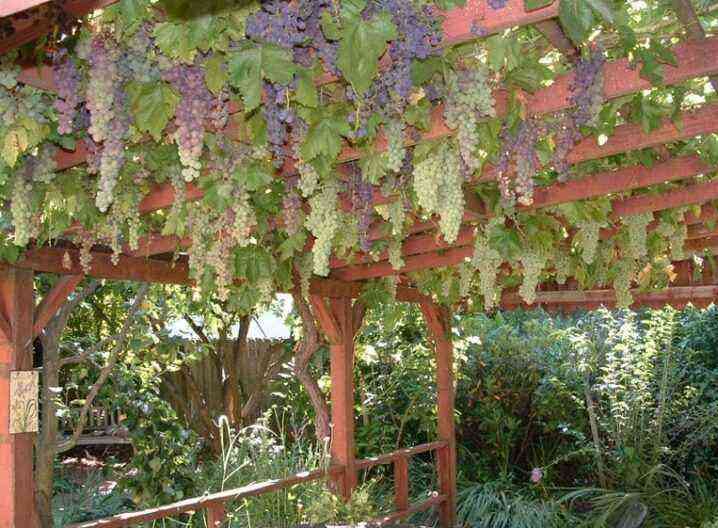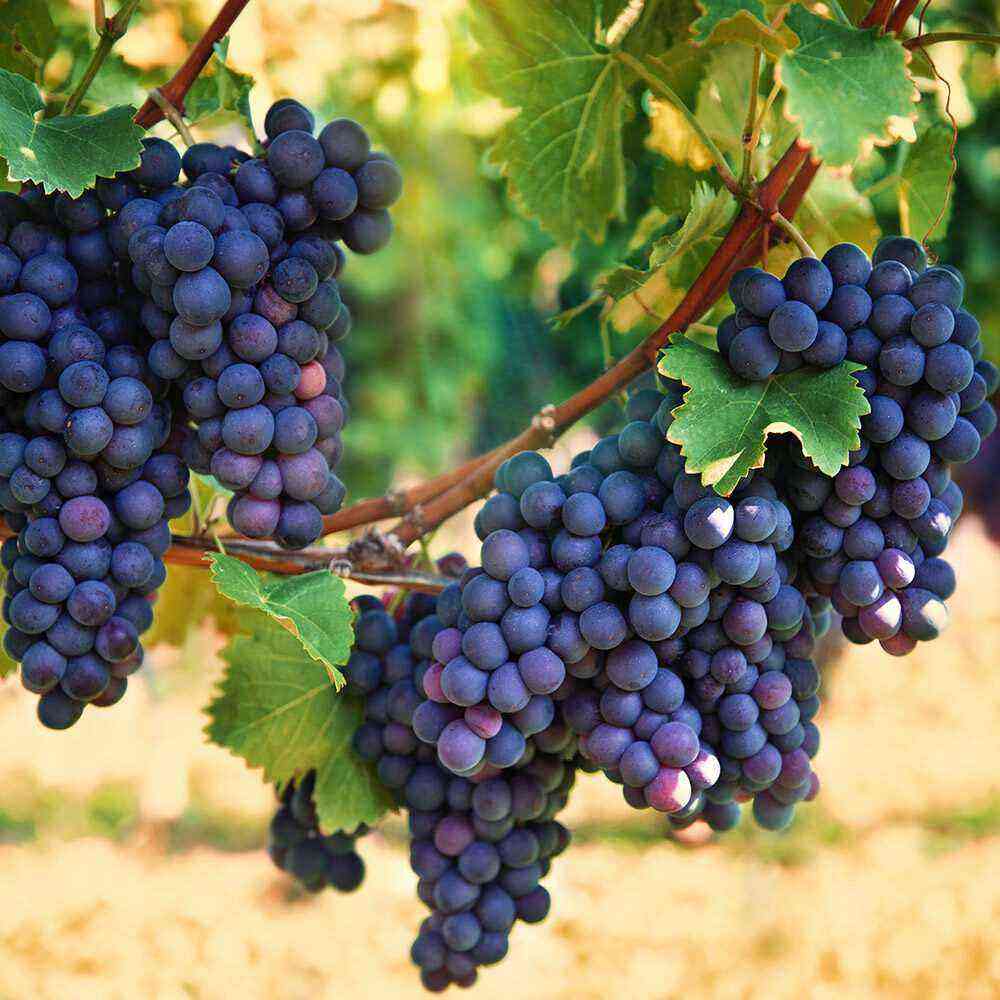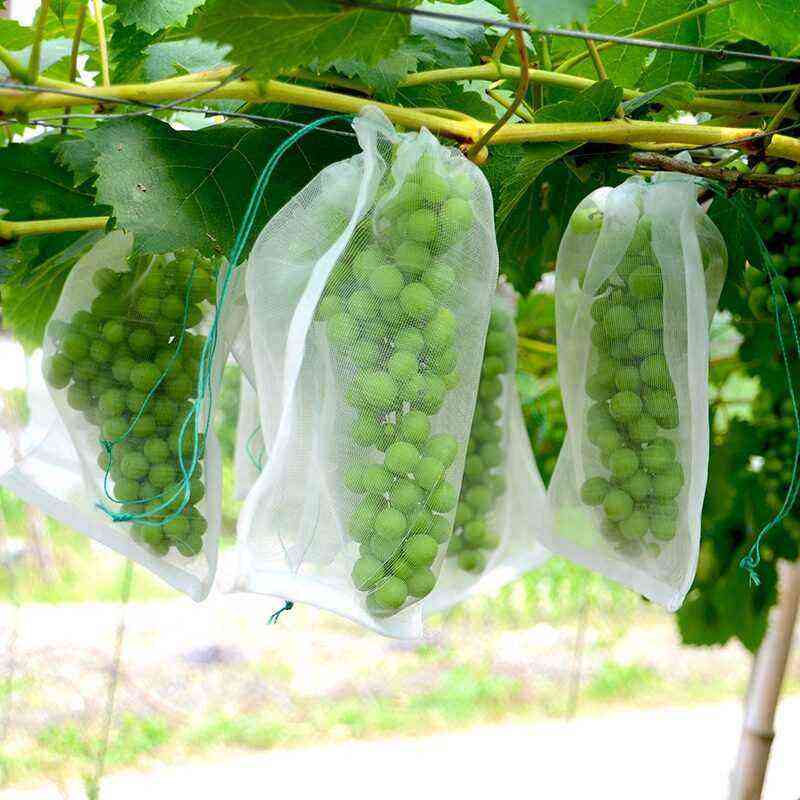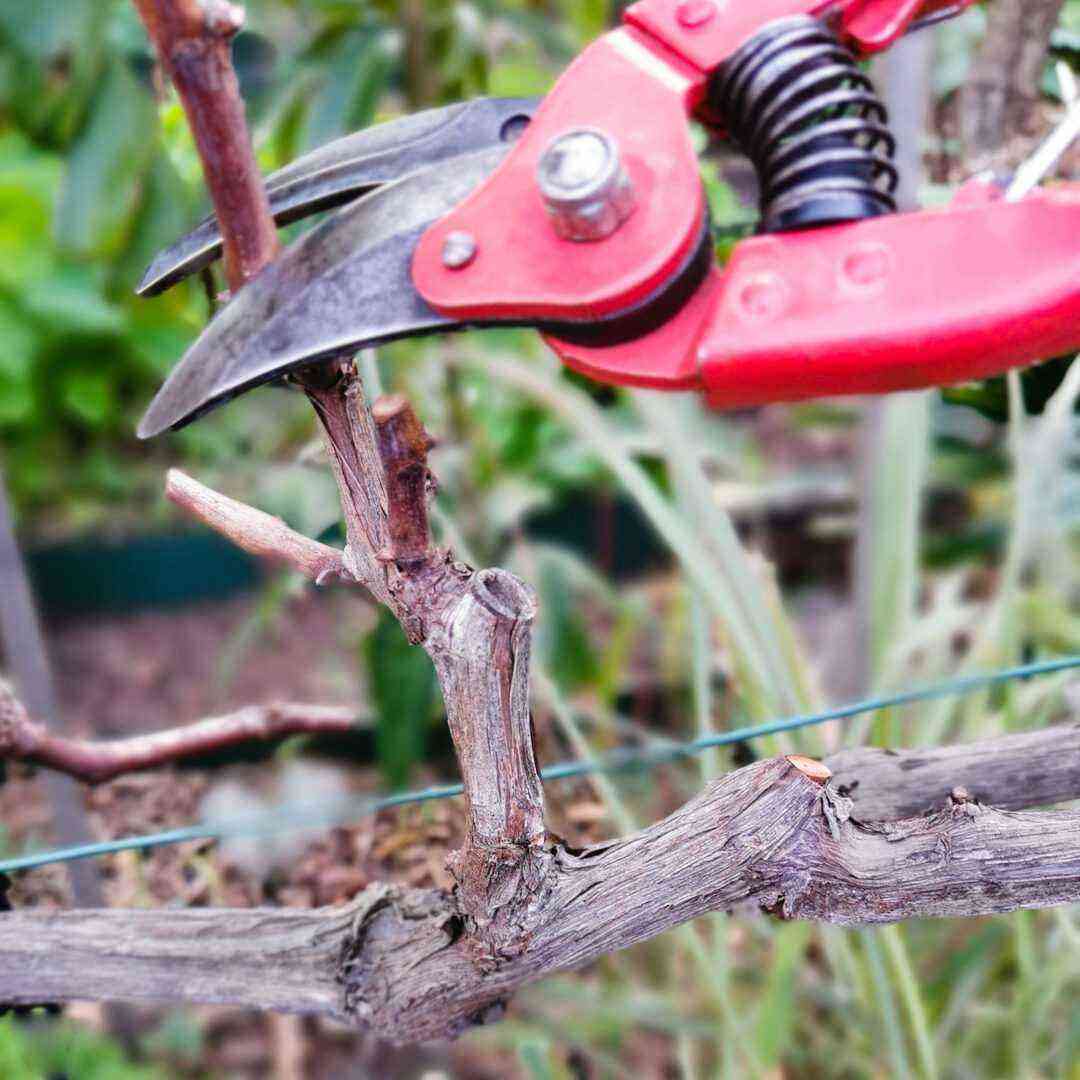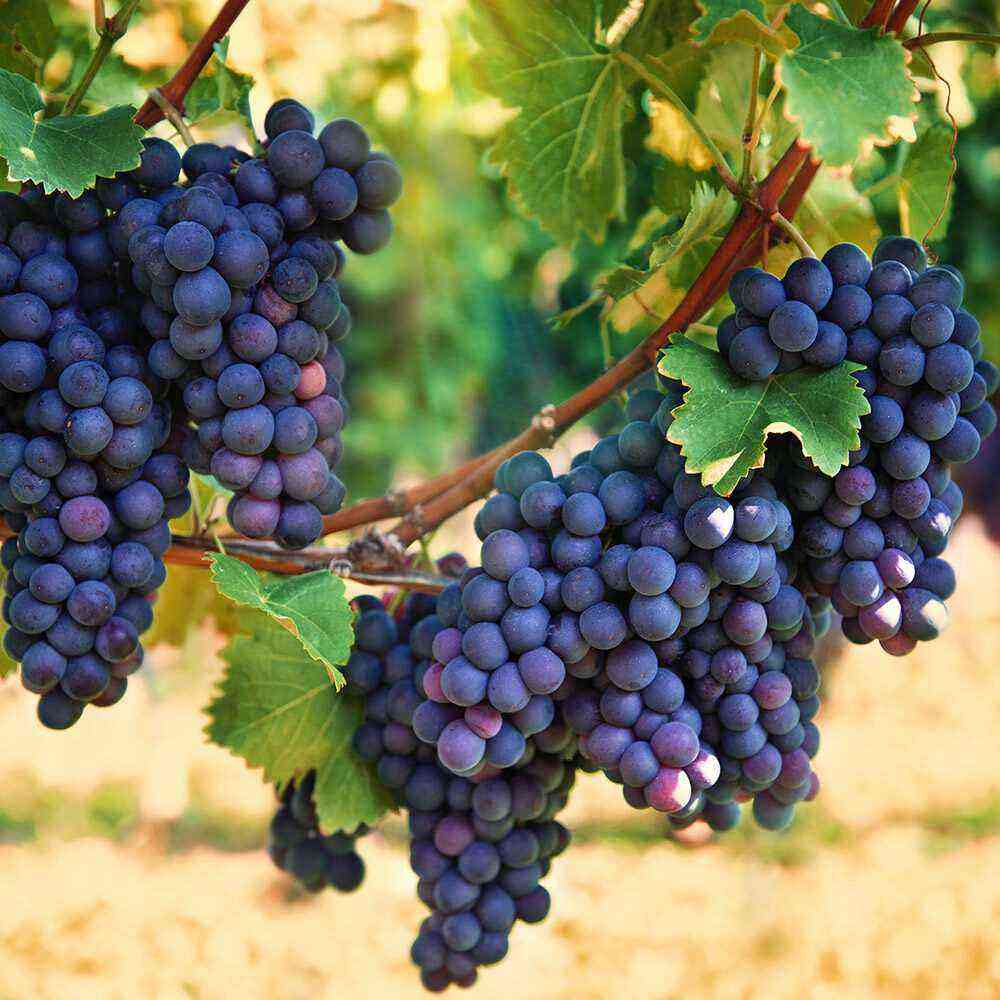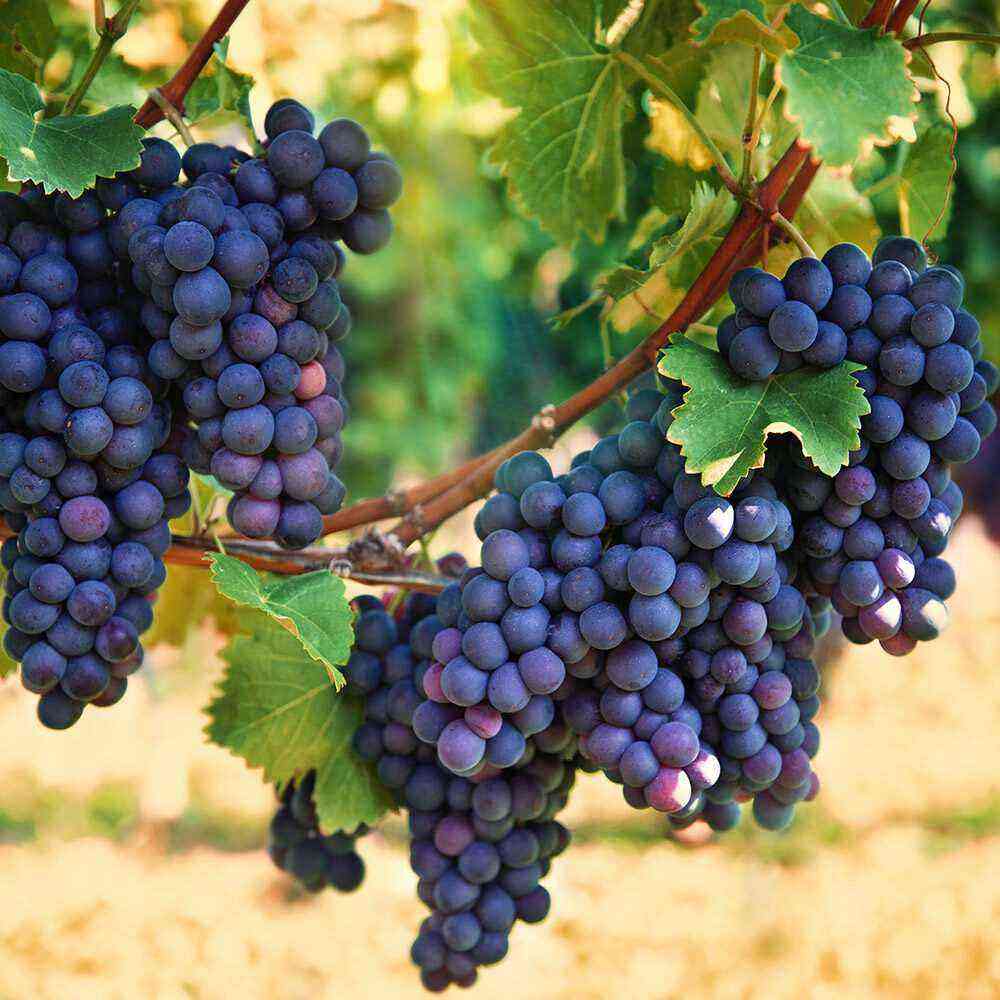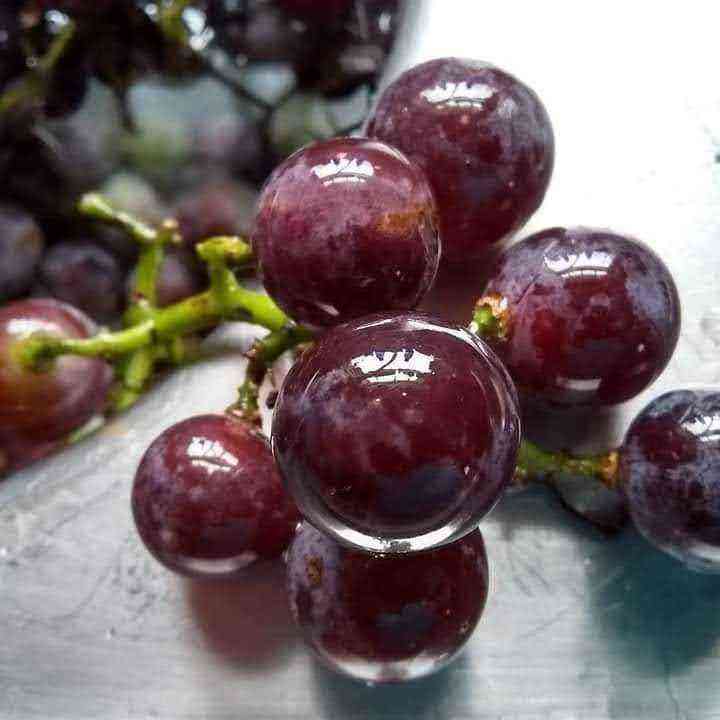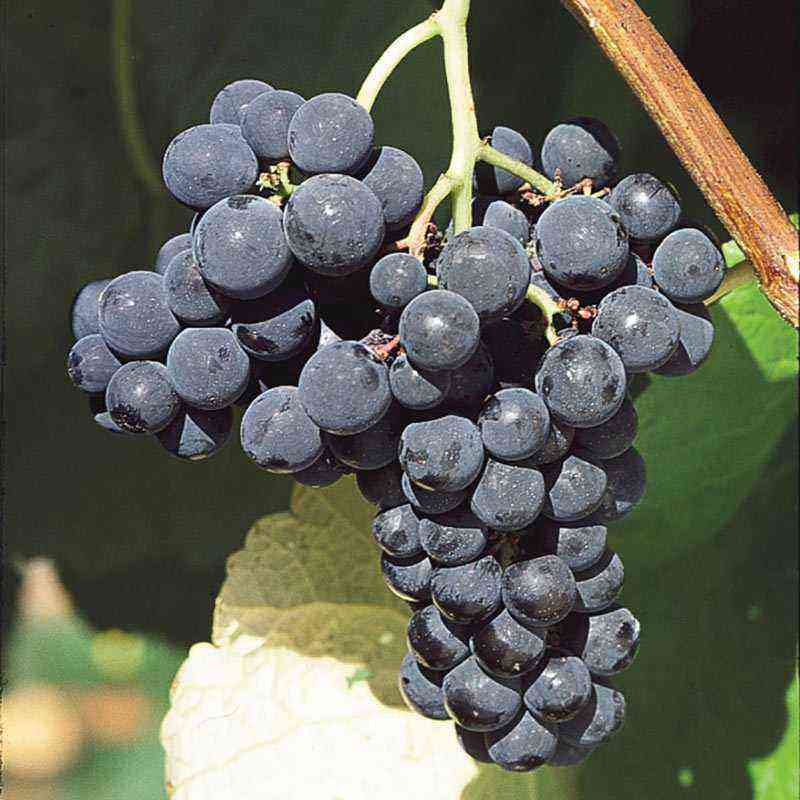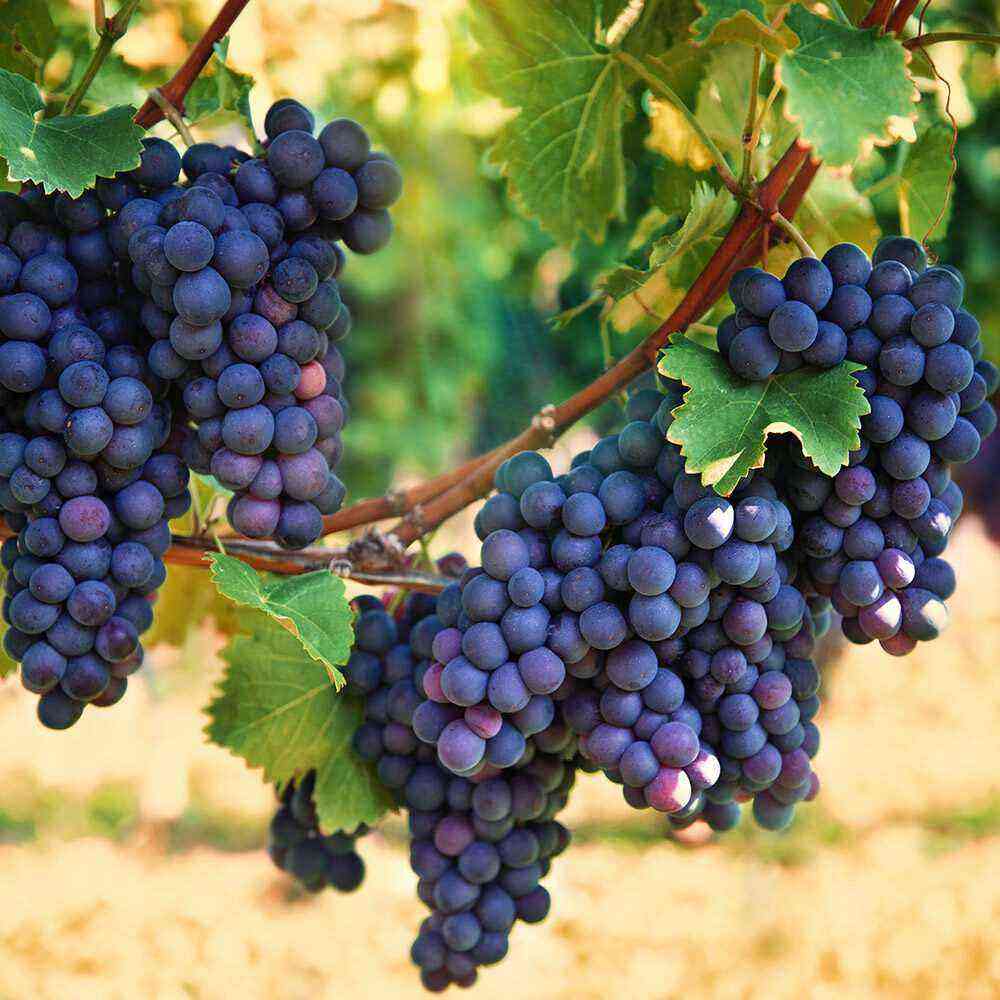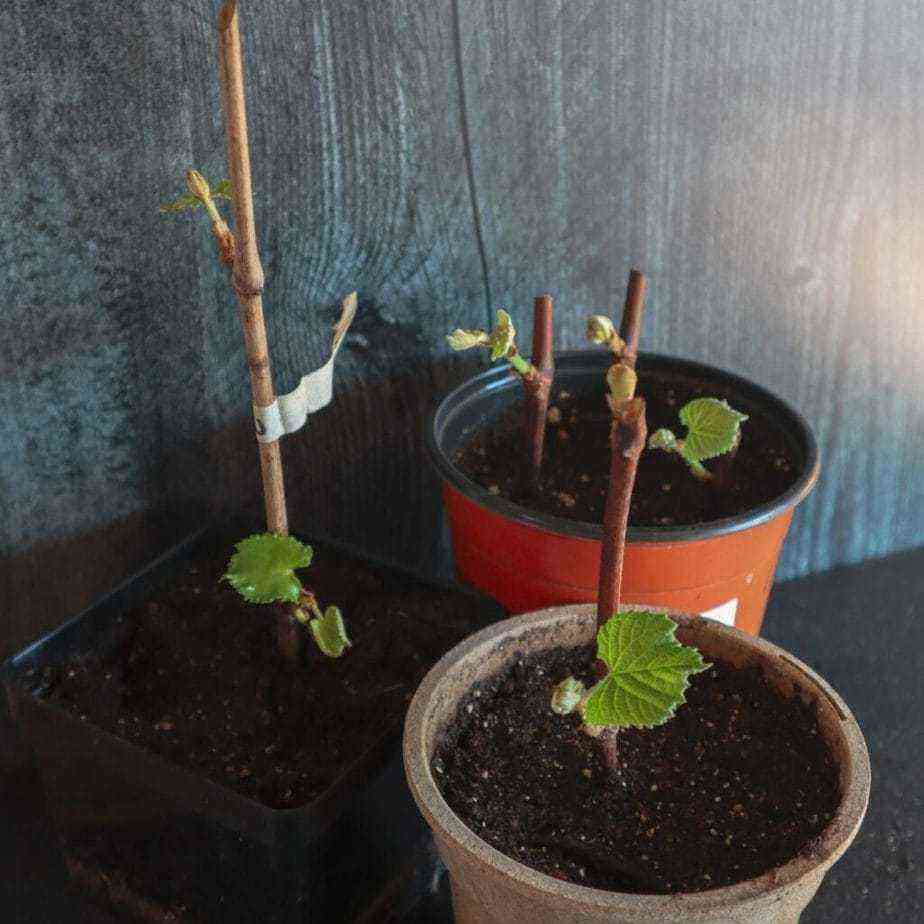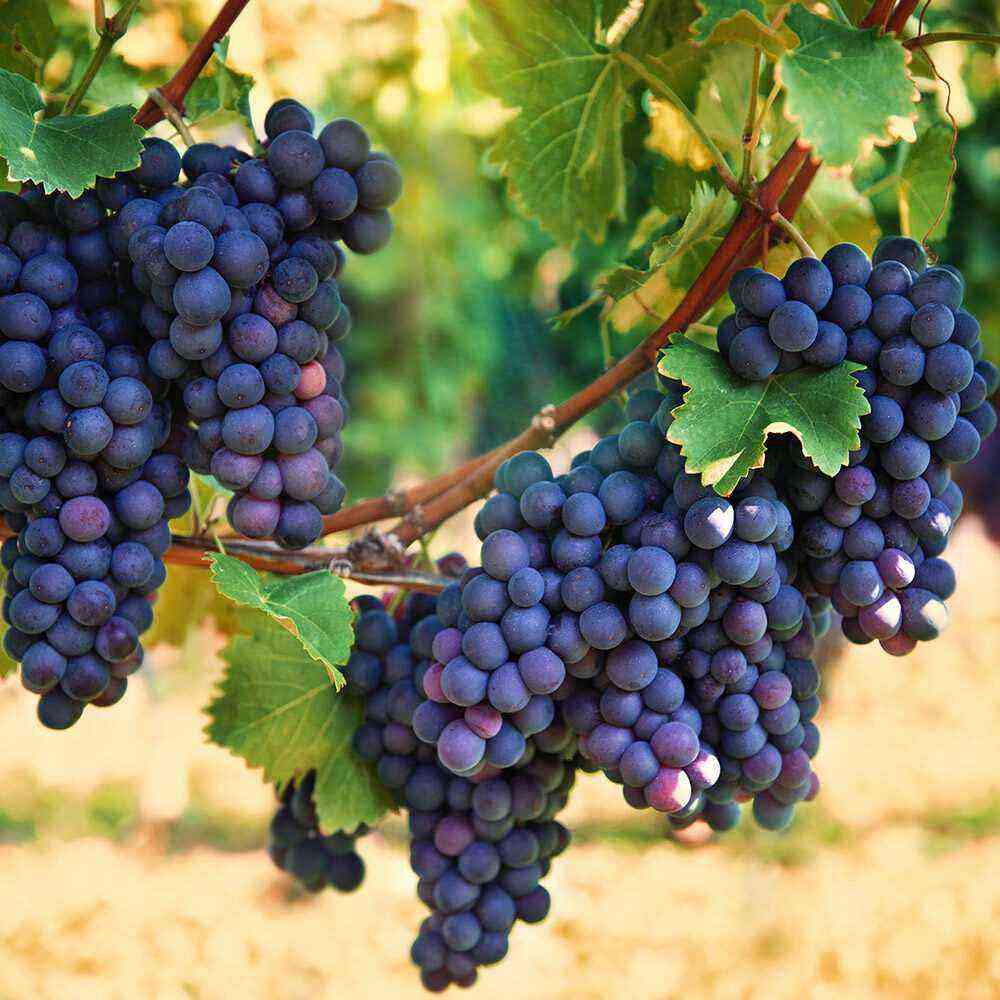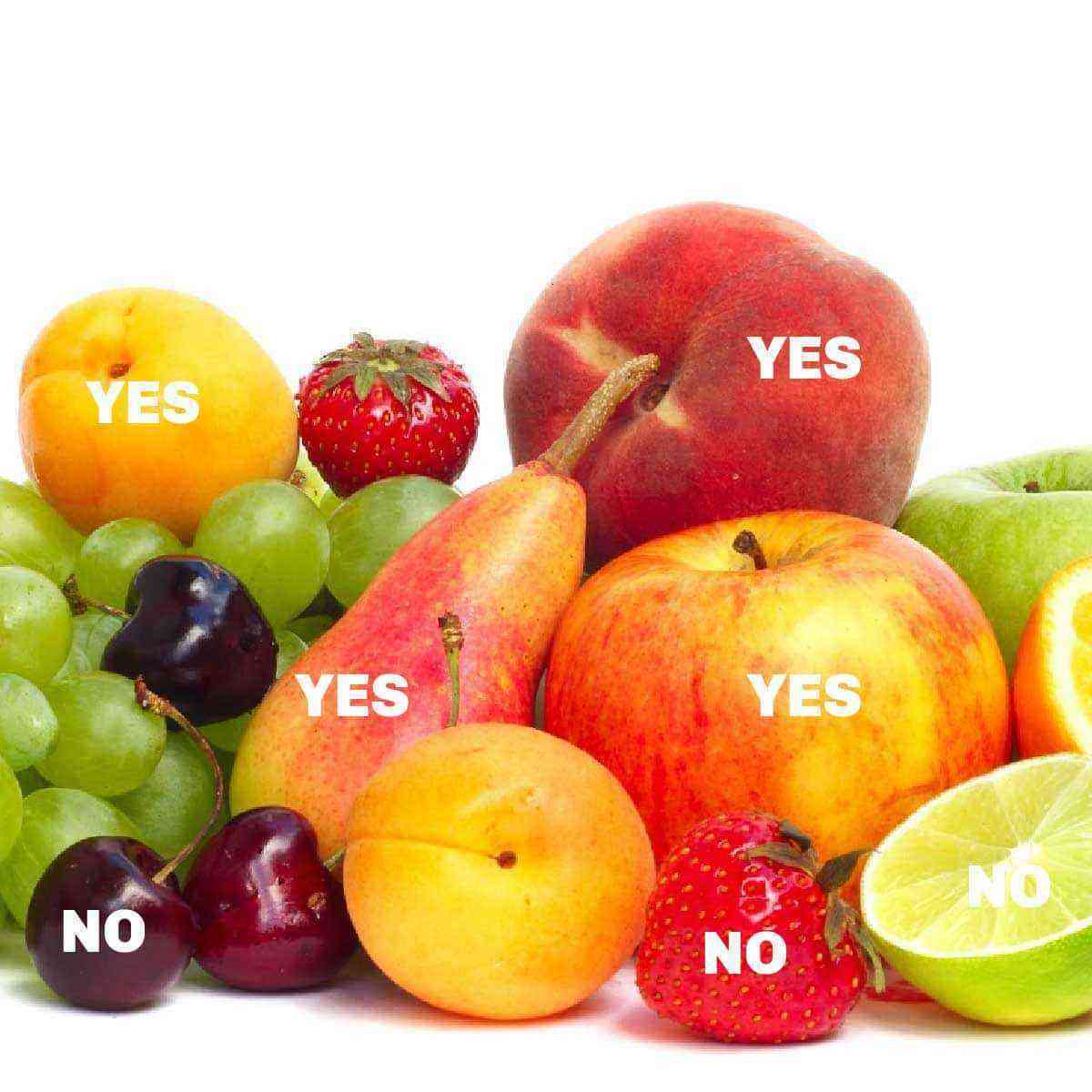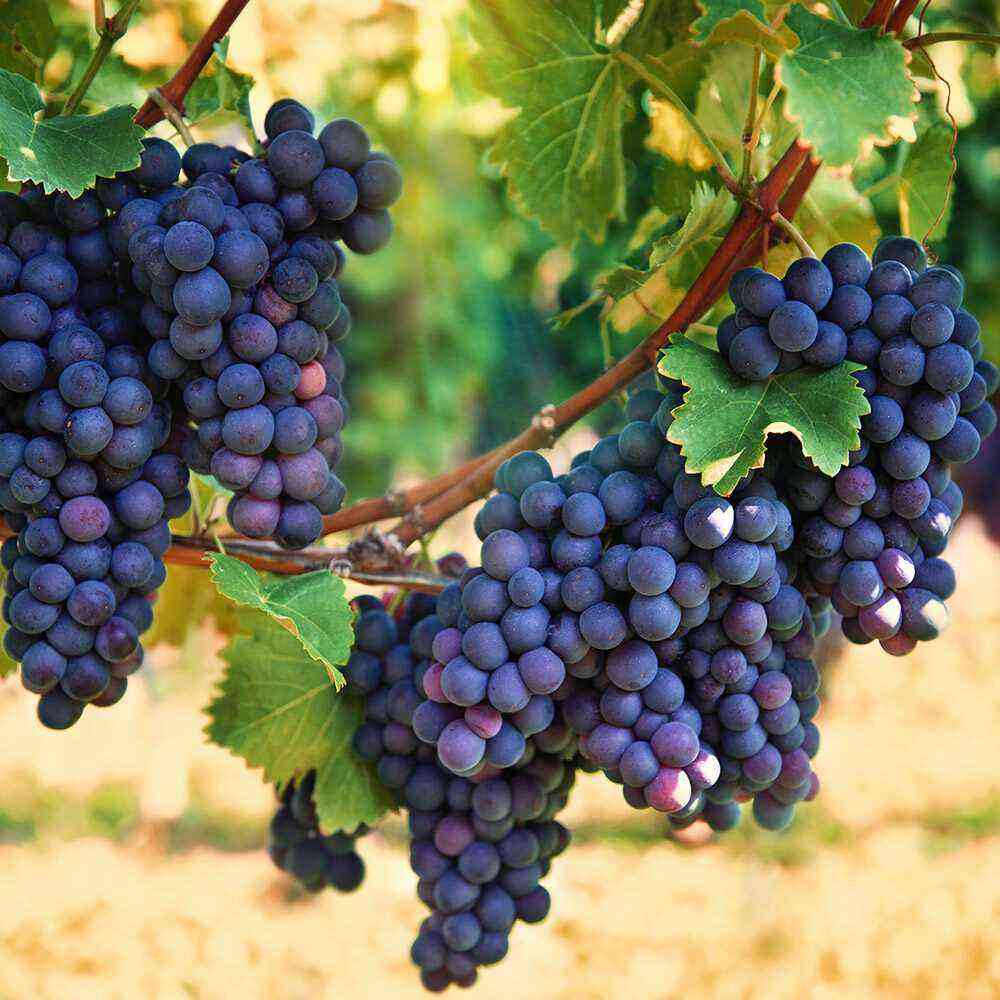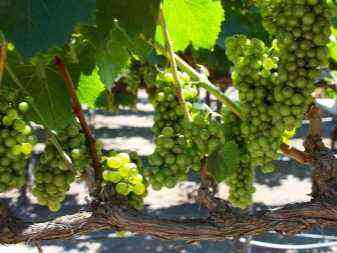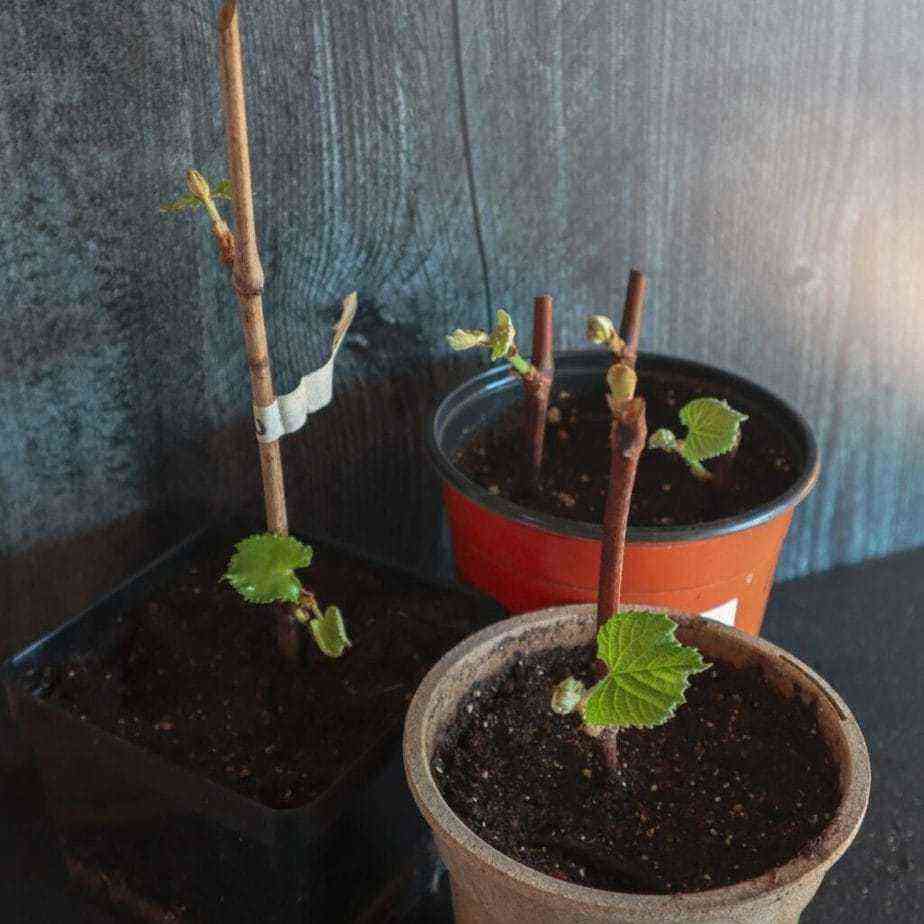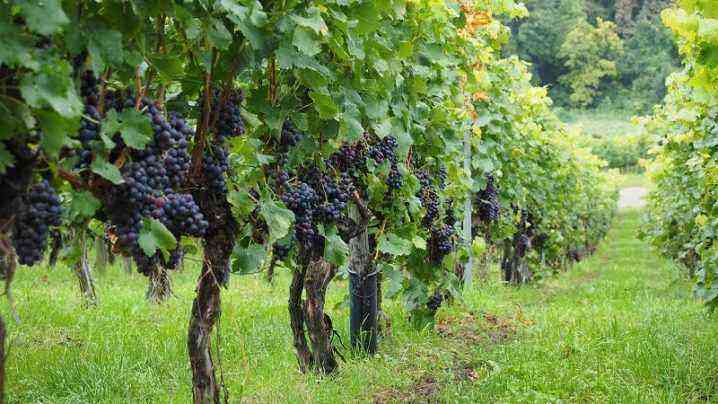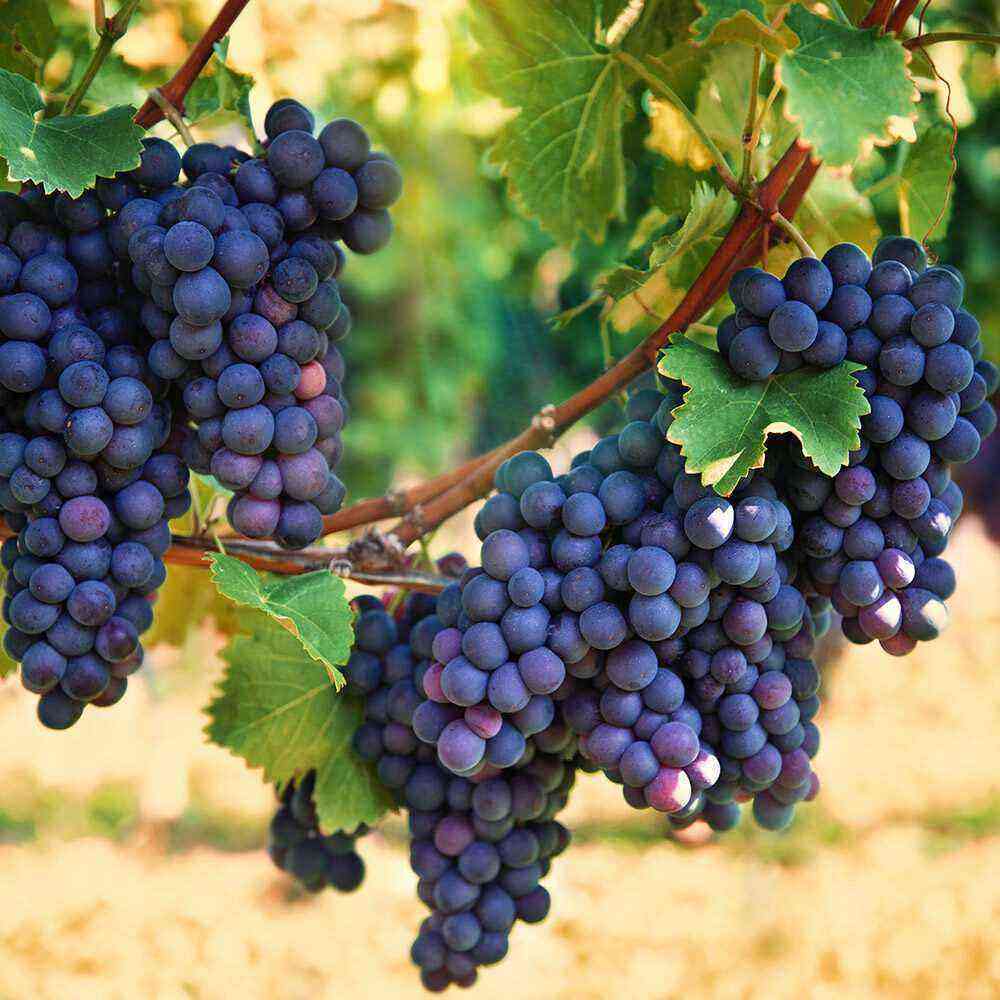Grapes are a southern crop. The area of its distribution is expanding every year. The vine is grown in home gardens of the middle lane, the Urals, Siberia, and the Far East. To get beautiful, full-bodied bunches, you need to properly care for the bush. One of the elements of care is the autumn feeding of grapes.
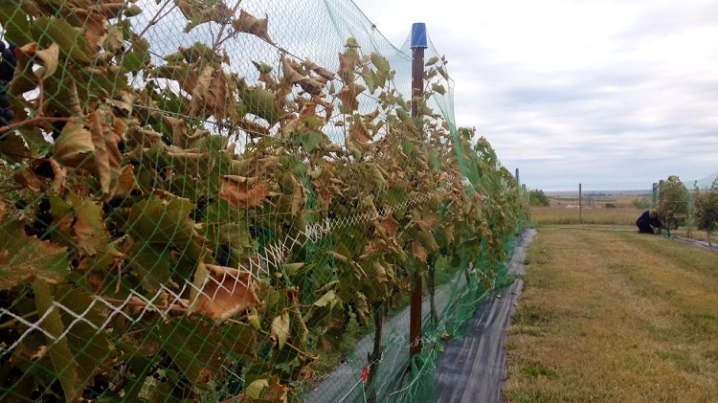
Nutrient requirements of grapes
For a good harvest, a grape bush takes a lot of minerals from the soil. To fill its needs, top dressing is carried out in the fall. Feeding grapes with nutrients in the fall is necessary:
- for the ripening of the vine, which allows the grapes to overwinter without damage;
- to get a better harvest for the next year;
- because in the spring, with melt water, minerals will get to the roots, which are deep;
- to reduce the incidence of vines and the destruction of part of the pests;
- to protect the roots from freezing.
When fertilizing, the earth around the bush is dug up, which increases the saturation of the soil with oxygen.
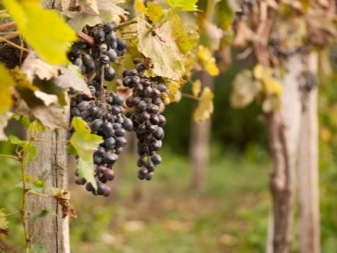
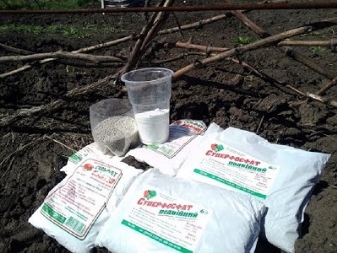
What can be fed?
To form a full-fledged harvest for the next year, grape bushes are fed with organic and mineral fertilizers in the fall. Organics are widely used by growers to feed the bushes. You can cook it yourself, without material costs. When properly prepared and stored, it will contain the nutrients and trace elements needed by the plant.
Organic Fertilizers
Ash consists of various trace elements (potassium, magnesium, calcium and others) that contribute to the maturation of the vine, creating conditions for a good harvest for the next year. Bird droppings contain the elements necessary for the growth of strong shoots, which are important for obtaining full-bodied bunches of grapes. Yeast helps the growth of microflora and improves the composition of the soil around the bush.
Manure occupies a special place among organic fertilizers. It contains all the minerals for a full-bodied harvest. Microorganisms are introduced with it, loosening, enriching the soil with oxygen. Compost from rotted leaves is an excellent fertilizer, especially when combined with mineral supplements. It is undesirable to use grape leaves infected with fungi and viruses for compost. With compost, diseases are transmitted to healthy plants.
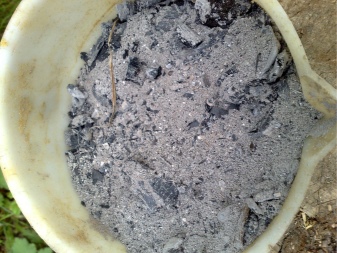
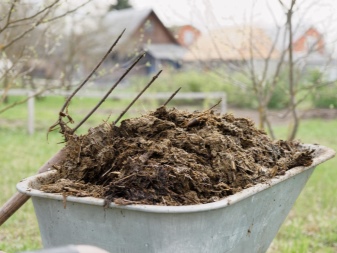
Mineral feed
Mineral fertilizers consist of elements necessary for the proper nutrition of plants. Potash fertilizers are important:
- for the normal maturation of the vine;
- for the growth and maturation of clusters;
- help the grape bush survive the lack of water;
- with an excess of moisture, grapes are not allowed to crack;
- with a lack of potassium, the leaves begin to fall prematurely.
A mixture of potassium salt (42%) and potassium sulfate (50%) is widely used to fertilize the soil. Phosphorus fertilizers are needed by the plant for abundant flowering and tying of full-weight bunches. Stores sell simple superphosphate (22%), double superphosphate (50%), suitable for autumn feeding. It is best to apply potash and phosphate fertilizers together in the fall.
Well-known complex fertilizers, such as ammophos, azophoska and others, have a large amount of nitrogen, which causes unnecessary growth of young shoots in autumn. They are not applied on their own, but are used in mixtures with organic fertilizers. Manufacturers produce a wide range of mixtures of organic and mineral fertilizers with the addition of trace elements. Their composition is selected specifically for grapes, so that the gardener does not experience problems with the selection of dressings, does not calculate the correct ratio.
Incoming trace elements necessary for the growth of the bush contribute to:
- rapid growth of roots, an increase in their mass;
- normal development of the vine bush;
- increase resistance to diseases and pests;
- an increase in beneficial microorganisms in the soil;
- reducing the effect of herbicides on the cultivated plant.
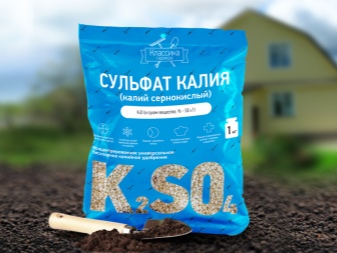
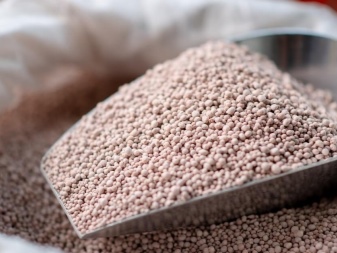
making Dates
When planting grapes, a sufficient amount of various organic and mineral fertilizers is introduced into the ground. The supply of nutrients allows the bush to grow for 2 years without top dressing. Starting from the third year, autumn top dressing is done for normal growth. Fertilization in the fall is carried out after the grape harvest and depends on a number of factors.
Harvest maturity:
- early varieties are fed in August-September;
- late – in September-October.
Place of cultivation of grapes:
- in the northern regions – in August;
- in the middle zone of the European part of Russia, in the south of Siberia, the Urals – in September;
- in the southern regions – in October.
The composition of the soil.
- Sandy ones require annual fertilization, because minerals are easily washed out of them into the deep layers of the earth. It is necessary to make 2 times: immediately after removing the bunches and when the average daily air temperature drops to +8 degrees, but before the onset of frost. This will fully provide the bushes with nutrients.
- Plants grown on sandy soils can be fertilized after a year. It is desirable to make top dressing in 2 stages.
- Clay well retain minerals in the composition. Feeding can be done every 3 years.
Before sheltering the grapes for the winter, autumn top dressing is not performed, because it is losing its relevance. With frosts down to -7 degrees Celsius, the soil freezes, nutrients do not get to the roots, in the spring the top dressing will be washed off by melt water.

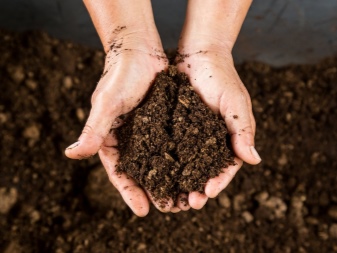
How to enter?
To fertilize around the bush, it is advisable to dig grooves about 25 cm deep and 50 cm wide. This will allow nutrients to get into the deep layers of the soil. In this case, the roots located in the upper layers will be removed, which will lead to a powerful growth of young ones. This will increase the yield of grapes.
Under a two-year-old young grape bush, organic fertilizers are first applied with the addition of mineral fertilizers. This is necessary for the formation of a strong vine that will overwinter without damage. An old bush requires more mineral fertilizers, which include potassium and phosphorus, to form a bark on the shoots and protect against frost.
Norms and methods of fertilization.
- Mineral fertilizers are applied under the grapes according to the instructions. It indicates the terms and norms for each type of top dressing. In the fall they bring in 1 square. m approximately 55 g of superphosphate and potassium sulfate.
- Sprinkle with ash at the rate of 100 g per 1 sq. m, or watered with infusion of ash 5 liters under a bush. To obtain an infusion, 300 g of ash is stirred in a bucket of water, insisted for a week.
- Compost is poured around a bush with a thickness of at least 5 cm, dug up and watered abundantly.
- In 4 liters of water, 1 kg of bird droppings is diluted; for 10 days, the infusion ferments in warmth. After diluting with water at a concentration of 1 to 10 and watering 0,5 liters under each bush.
- Grape bushes are fertilized with manure at the rate of 1 bucket per 1 square meter.
- You can make a mixture of organic and mineral fertilizers. It consists of 4 kg of humus, 50 g of simple superphosphate, 10 g of potassium chloride.
The earth around the bush and scattered fertilizers must be carefully dug up and spilled well with water. If fertilizers are laid in the grooves, then they are covered with earth from above and watered abundantly.
Watering is necessary so that the nutrients penetrate to the roots deep in the ground.


Tips for Beginners
- Fertilizers containing a large amount of nitrogen are not applied in the fall. They can cause the growth of young shoots, and the vine will not have time to prepare for winter frosts.
- Fertilizers should be applied according to the recommendations. Excess substances will harm the plant more than help it.
- It is better to use mixtures of fertilizers for grapes, in which the optimal combination of necessary fertilizers is observed. Such mixtures are commercially available.
- Fertilizers are applied to moist soil or watered immediately after application.
- You can not plant grape bushes close to each other, as grapes require a large area of nutrition, otherwise the clusters will be incomplete, and the berries will be small.
- You can not make fresh manure, because when it rots, ammonia and methane are released, which will lead to the death of the plant.
- For the preparation of infusions for top dressing, you can not use chlorinated water, since chlorine is harmful to plants.
The efforts expended by a person to care for grapes will not be in vain. Grapes that are cared for with love and according to the recommendations will give the grower a full-fledged harvest of sunny berries.
